Gemma Canet Tarres
ALADIN-NST: Self-supervised disentangled representation learning of artistic style through Neural Style Transfer
Apr 12, 2023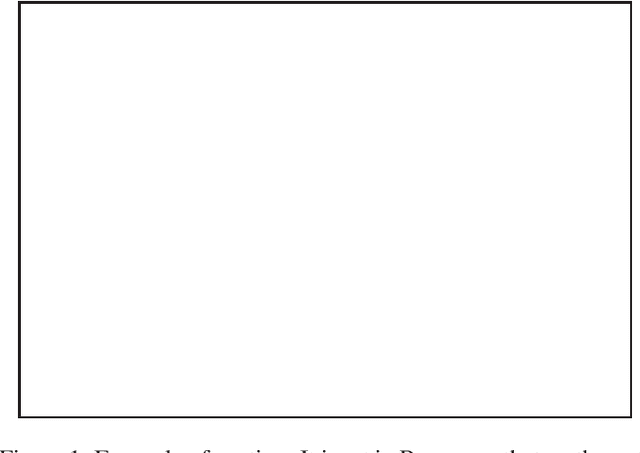
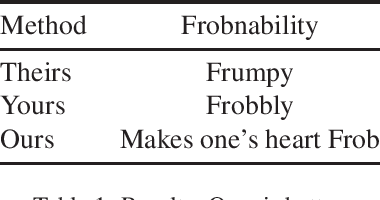
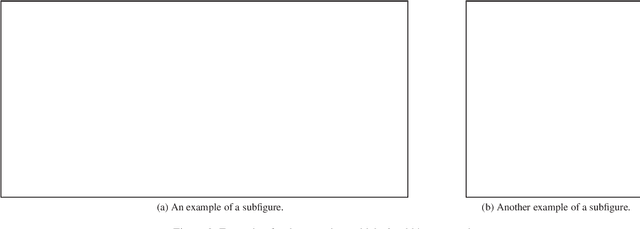
Abstract:Representation learning aims to discover individual salient features of a domain in a compact and descriptive form that strongly identifies the unique characteristics of a given sample respective to its domain. Existing works in visual style representation literature have tried to disentangle style from content during training explicitly. A complete separation between these has yet to be fully achieved. Our paper aims to learn a representation of visual artistic style more strongly disentangled from the semantic content depicted in an image. We use Neural Style Transfer (NST) to measure and drive the learning signal and achieve state-of-the-art representation learning on explicitly disentangled metrics. We show that strongly addressing the disentanglement of style and content leads to large gains in style-specific metrics, encoding far less semantic information and achieving state-of-the-art accuracy in downstream multimodal applications.
CoGS: Controllable Generation and Search from Sketch and Style
Mar 17, 2022
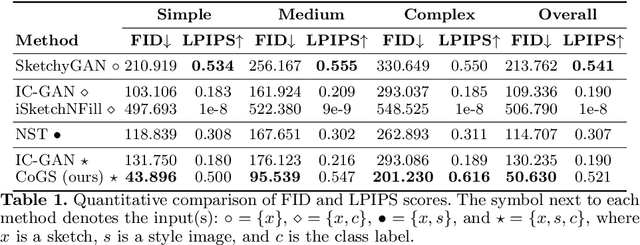
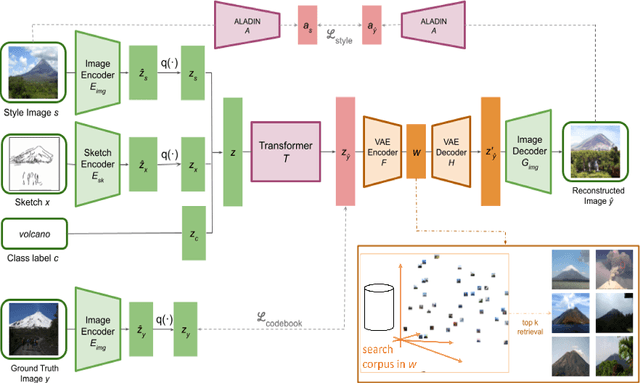
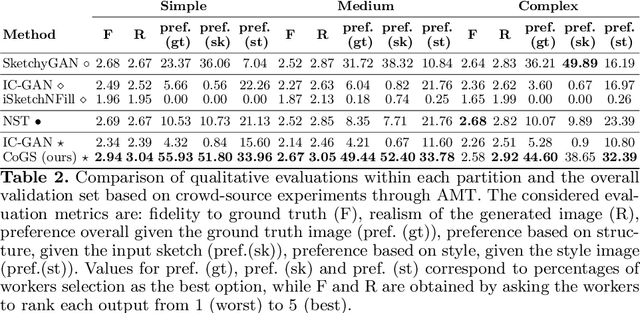
Abstract:We present CoGS, a novel method for the style-conditioned, sketch-driven synthesis of images. CoGS enables exploration of diverse appearance possibilities for a given sketched object, enabling decoupled control over the structure and the appearance of the output. Coarse-grained control over object structure and appearance are enabled via an input sketch and an exemplar "style" conditioning image to a transformer-based sketch and style encoder to generate a discrete codebook representation. We map the codebook representation into a metric space, enabling fine-grained control over selection and interpolation between multiple synthesis options for a given image before generating the image via a vector quantized GAN (VQGAN) decoder. Our framework thereby unifies search and synthesis tasks, in that a sketch and style pair may be used to run an initial synthesis which may be refined via combination with similar results in a search corpus to produce an image more closely matching the user's intent. We show that our model, trained on the 125 object classes of our newly created Pseudosketches dataset, is capable of producing a diverse gamut of semantic content and appearance styles.
 Add to Chrome
Add to Chrome Add to Firefox
Add to Firefox Add to Edge
Add to Edge